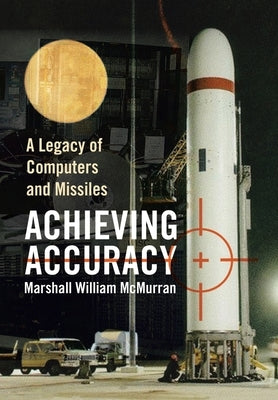Before you leave...
Take 20% off your first order
20% off
Enter the code below at checkout to get 20% off your first order
Discover summer reading lists for all ages & interests!
Find Your Next Read

"A Legacy of Computers and Missiles "is an intensively researched, photo-enhanced discussion of digital computing and missile development in the Twentieth Century, organized in two sections. (No matter what anyone has been told, virtually all of the digital machines ever designed are binary deep down inside. Number representations may have varied, but the binary logic discussed here prevails.) After a bit of early history, The Computing Section begins in earnest with Turing's Bombe used to decrypt Enigma traffic, then investigates one-by-one digital systems from early room-sized serial machines through the beginning of the modern parallel era, ending with disgustingly parallel post 2000 Super-computers. Unlike most computing histories, Achieving Accuracy deals in detail with military computing systems generally omitted for lack of definitive information. (Computer design and computer-controlled missile guidance/ submarine navigation occupied some thirty years of the Author's professional career. )
Achieving Accuracy's missile descriptions and discussions begin for weapon systems existing well before WW2 and cover virtually all US smart bombs, cruise and ballistic missiles of that century. Missile guidance systems have ranged from the V-1's dead reckoning through simple, but jammable radio-controlled, to exceedingly complex self-contained inertial guidance systems discussed at length. The reader may be surprised to learn that a "smart-bomb" flew in 1917, with several different models used in anger in WW2. The Minuteman III leg of the present Triad is described in detail along with a somewhat bizarre set of proposed basing plans for the Peacekeeper Missile that were precursors of the recently proposed "Subway" basing plan for MMIII. Missile legacy includes a sub-section, necessarily less complete, describing Soviet/Russian missilery through 2000, noting that the early Soviet ballistic missile development was based almost entirely on the German V-2.
Thanks for subscribing!
This email has been registered!
Take 20% off your first order
Enter the code below at checkout to get 20% off your first order